The AMD Radeon RX 5500 XT Review, Feat. Sapphire Pulse: Navi For 1080p
by Ryan Smith on December 12, 2019 9:00 AM ESTMeet the Sapphire Pulse Radeon RX 5500 XT
As I mentioned earlier in the article, while AMD does have a reference card, they aren’t going to be releasing it to retail. So instead, today’s launch is all about partner cards. To that end, AMD has sampled us with both the 8GB and 4GB versions of Sapphire’s Pulse RX 5500 XT. Sapphire’s card is a pretty good example of what to expect for basic (at-MSRP) RX 5500 XT cards, offering a solid build quality, but otherwise being pretty close to reference specifications.
| Radeon RX 5500 XT Card Comparison | ||||
| Radeon RX 5500 XT (Reference Specification) |
Sapphire Pulse RX 5500 XT (Default/Perf Mode) |
|||
| Base Clock | 1607MHz | 1607MHz | ||
| Game Clock | 1717MHz | 1737MHz | ||
| Boost Clock | 1845MHz | 1845MHz | ||
| Memory Clock | 14Gbps GDDR6 | 14Gbps GDDR6 | ||
| VRAM | 8GB | 8GB | ||
| GPU Power Limit | 120W | 135W | ||
| Length | N/A | 9.15-inches | ||
| Width | N/A | 2-Slot | ||
| Cooler Type | N/A | Open Air, Dual Fan | ||
| Price | $199 | $209 | ||
Sapphire has several sub-brands of cards, including the Nitro and the Pulse. Whereas the former are their higher-priced factory overclocked cards, the Pulse cards are more straightforward. For their RX 5500 XT cards, Sapphire does ship them with a higher than reference GPU power limit – leading to a 20MHz higher game clock rating – but the actual GPU base and boost clockspeeds remain unchanged. This goes for both the 4GB and 8GB cards, which aside from their memory capacities are identical in both build and specifications.
At a high level, the Sapphire Pulse RX 5500 XT is a pretty typical design for a 150 Watt(ish) card. Sapphire has gone with a dual slot, dual fan open air cooled design, which is more than enough to keep up with Navi 14.
In fact, once we break out the rulers and really dig into the Sapphire Pulse, it becomes increasingly clear that Sapphire may have very well overbuilt the card. The card’s cooling system and shroud is longer than the PCB itself – it’s the board that’s bolted to the cooler, and not the other way around. Similarly, Sapphire has gone for a taller than normal design as well, allowing them to fit a larger heatsink and fans than we’d otherwise see with cards that are built exactly to PCIe spec. The resulting card is quite sizable, measuring about 9.15-inches long, and 4.25-inches from the bottom of the PCB to the top of the shroud.
The payoff for this oversized design is that Sapphire can use larger, lower RPM fans to minimize the fan noise. The Pulse 5500 XT packs 2 95mm fans, which in our testing never got past 1100 RPM. And even then, the card supports zero fan speed idle, so the fans aren’t even on until the card is running a real workload and starts warming up. The net result is that the already quiet card is completely silent when it’s idling.
Meanwhile beneath the fans is a similarly oversized heatsink, which runs basically the entire length and height of the board. A trio of heatpipes runs from the core to various points on the heatsink, helping to draw heat away from the GPU and thermal pad-attached GDDR6 memory. The fins are arranged horizontally, so the card tends to push air out via its I/O bracket as well as towards the front of a system. The card also comes with a metal backplate – no doubt needed to hold the oversized cooler together – with some venting that allows air to flow through the heatsink and out the back of the card.
Overall, Sapphire offers two BIOSes for the card, which are selectable via a switch on the top. The default BIOS is Sapphire’s performance BIOS, which has the GPU power limit increased to 135 Watts. As we’ll see in our benchmarks, the net performance impact of this is not very substantial, but it does allow the card to average slightly higher clockspeeds. Meanwhile the second BIOS is rigged for quiet operation, bringing the card back down to a GPU power limit of 120W.
Speaking of power, the card relies on an 8-pin external PCIe power cable as well as PCIe slot power for its electricity needs. From a practical perspective this seems overprovisioned for a card that shouldn’t pass 150W for the entire board – so a 6 pin connector should work just fine here – but with Sapphire’s higher power limit bringing the card right up to that 150W threshold, I’m not surprised to see them playing it safe.
While we're on the subject of PCIe, it’s worth mentioning quickly that while the Sapphire Pulse is physically a PCIe x16 card, electrically it’s only a x8 card. A traditional cost-optimization move for AMD, they have only given the underlying Navi 14 GPU 8 PCIe lanes, so while the card uses a full length x16 connector, it only actually has 8 lanes to work with. This won’t present a performance problem for the card on PCIe 3.0 systems, and better still as Navi offers PCIe 4.0 connectivity, it means those 8 lanes are twice as fast when paired with a PCIe 4.0 host – where coincidentally enough, AMD’s Ryzen processors are the only game in town right now.
Finally for hardware features, for display I/O we’re looking at a pretty typical quad port setup. Sapphire has equipped the card with 3x DisplayPort 1.4 outputs, as well as an HDMI 2.0b output. With daisy chaining or MST splitters, it’s possible to drive up to 5 monitors from the card.
As for software, Sapphire ships their cards with their TriXX monitoring and overclocking software. It’s been some number of years since we’ve last taken a look at TriXX, and while the basic functionality has remained largely unchanged, the most recent iteration of the software comes with a very streamlined and functional UI. Overall as far as overclocking goes, TriXX ultimately just hooks into AMD’s drivers, so while it’s capable, it’s no more capable than AMD’s constantly improving Radeon Software.
The one area where Sapphire is still able to stand apart from AMD, however, is with their TriXX Boost feature. Not to be confused with the somewhat similar Radeon Boost feature in AMD’s drivers, TriXX Boost is Sapphire’s take on resolution scaling. The software combines custom resolution creation with GPU resolution scaling controls, essentially allowing a user to create a lower resolution and engage GPU resolution scaling all in a single go. The basic idea being to make it super easy to create a slightly lower resolution (.e.g. 1632x918) for better performance, and then having the GPU scale it back up to the full resolution of the monitor. The impact on image quality is as expected, and while it’s nothing that can’t technically already be done with AMD’s software, Sapphire has put a nice UI in front of it.


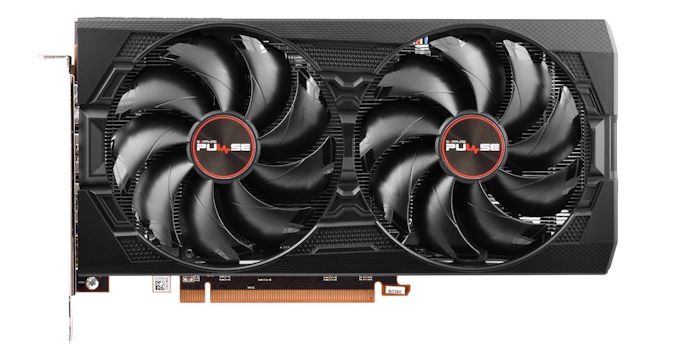
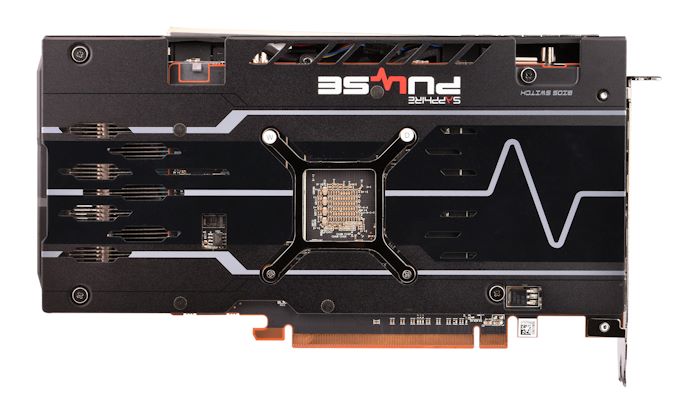
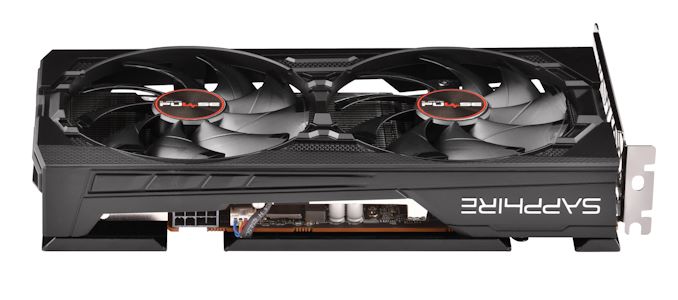
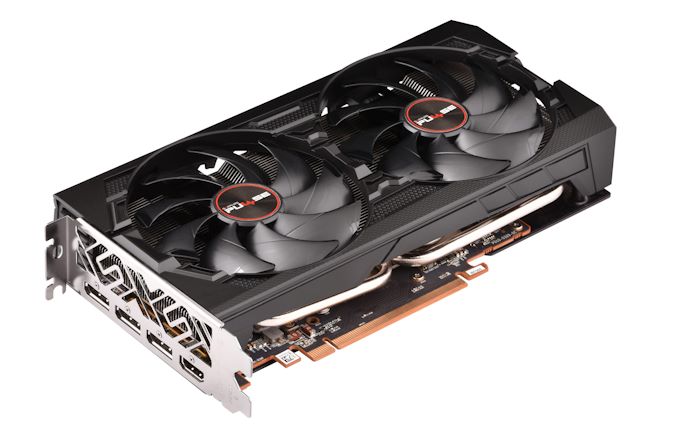
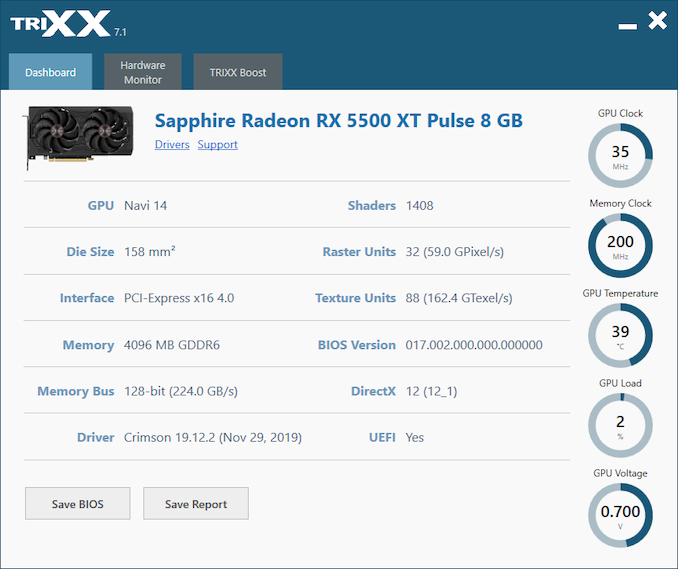
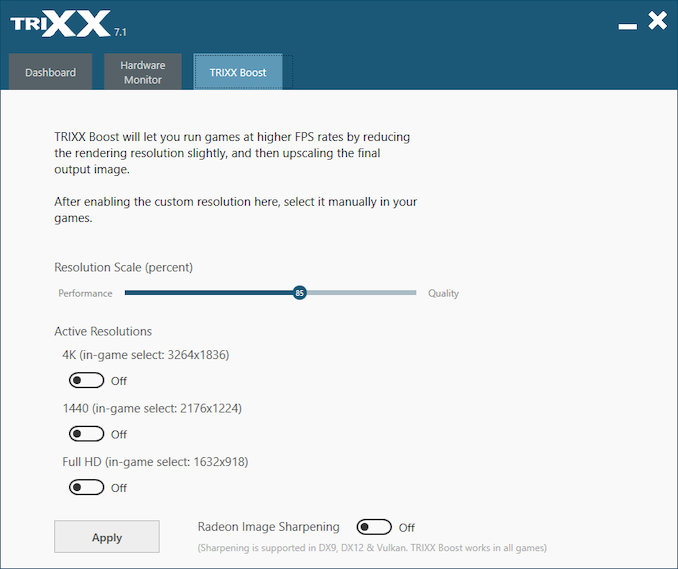








97 Comments
View All Comments
YB1064 - Thursday, December 12, 2019 - link
Poor man's NVidia indeed.flashbacck - Thursday, December 12, 2019 - link
What do you mean by that?Valantar - Thursday, December 12, 2019 - link
Apparently the same performance at the same price with a better encode/decode block and better idle power usage but slightly worse gaming power usage and buggy OC controls equals "poor man's Nvidia". Who knew?assyn - Thursday, December 12, 2019 - link
Actually the Nvenc is better encode/decode because has wider format support and can decode 8K videos, while the AMD only capable of 4K.Valantar - Thursday, December 12, 2019 - link
The 1650 and 1650S have a cut-down NVENC block lacking pretty much every single improvement made with the Turing generation. Not all NVENC is equal.Ryan Smith - Thursday, December 12, 2019 - link
1650S has a full NVENC block. It's based on TU116, not TU117.jgraham11 - Friday, December 13, 2019 - link
Seems like this will be similar to the GCN cards in the past (RX5XX Series), at the beginning its ok, then over the years AMD's fine wine kicks in. Making incremental improvements that improve overall performance with every driver release. Do realize they are still using the GCN instruction set but RDNA is a new architecture, an architecture that will be in both the Xbox and PlayStation systems.WaltC - Saturday, December 21, 2019 - link
I feel as though AMD has hobbled this card. They put the GDDR6 VRAM onboard, effectively doubling more or less the bandwidth of GDDR5, but then they took it all back with the 128-bit bus...;) I think they missed an opportunity here--but I'm not privy to the manufacturing particulars for the product--so maybe not. Anyway, it seems like they might have made the 5500XT a GDDR6 8GBs, 256-bit bus GPU for $279; then made the 5500 with 4GB, and a 128-bit bus for ~$129 or so. The SPs by themselves are sufficiently cut down to the degree that even a 256-bit bus GPU like I've dreamed up here is going to be sludge next to a 5700--or, that should certainly be the case, I would think. The card almost seems "overly hobbled" to my way of thinking. I think that @ 256-bit 5500XT, 8GBs of GDDR6 might've been a smash seller for AMD @ a ~$279 MSRP, leaving the 5700 still clobbering it simply based on the much higher number of SPs. I just see a lot of potential here that seems overlooked--unless they have plans for a 5600XT, maybe, early 1 Quarter 2020....;)WaltC - Sunday, December 22, 2019 - link
Will someone please set me straight on whether this is an 8-lane PCIe card? I'm reading this stuff you-know-where but it doesn't make any sense at all to me. It's claimed that accordingly the 5500XT runs much faster on PCIe4 than PCIe3. Eh?https://www.reddit.com/r/Amd/comments/edo4u8/rx_55...
RX-480/580/590 are all PCIex16 GPUs with 256-bit buses running GDDR5. Is the article linked here factual? thanks--to whomever can answer....;) Doesn't sound probable to me--but if it's true then AMD has hog-tied this card six ways to Sunday--trussed up tighter than a Christmas piglet...;)
WaltC - Sunday, December 22, 2019 - link
OK, I saw the one line in the review I missed first time about "I suspect 8 PCIe lanes"--just very strange--I don't understand this product at all! Perhaps the full incarnation of the GPU is going into the PS5/XBox 2, it's just weird. To have to hobble it that much, the GPU must be very robust.